We constantly hear about how dangerous high blood pressure is, but what do we know about low blood pressure? Surely we want to strive for low blood pressure and a low resting heart rate like we hear professional athletes have? Well, the answer to that is, ‘yes, and no’. While it is healthy to have low blood pressure if there are no side effects, it can be extremely unhealthy and dangerous if it does cause side effects. Like high blood pressure, low blood pressure comes with its own health risks, and some of them are extremely serious – even life threatening. We’re not just talking about dizziness or fainting. Think oxygen deprivation, heart and brain damage, and shock…
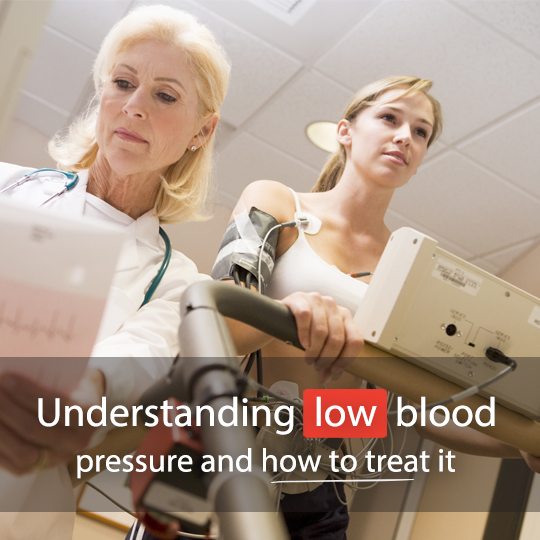
What Is Low Blood Pressure?
Blood pressure is a measurement of pressure in the arteries during the active and resting stages of each heartbeat. In medical terms, low blood pressure, or, hypotension, occurs when blood pressure is less than 90/60 mm Hg. Blood pressure readings include two numbers – the first higher number is a measure of systolic pressure, which is the pressure generated by the heart pumping blood through your arteries. The second is diastolic pressure, which is the amount of pressure in your arteries during the rest period between heartbeats. Optimal blood pressure is less than 120/80 mm Hg.

There is no need to be concerned about low blood pressure unless you are experiences symptoms, meaning there are problems and risks being created. Athletes, for example, generally have a lower blood pressure and slower heart rate than people who aren’t particularly fit. Non-smokers and people who have a healthy diet and maintain a regular, healthy weight also usually have lower blood pressure than overweight people and smokers. But those of you who have experienced dizziness, nausea, weakness and fainting on a regular basis would be all-to-familiar with the side effects that can occur from low blood pressure…

Symptoms Of Low Blood Pressure
Blood pressure isn’t always the same, meaning a reading one day might differ to another day, depending on the position of your body, your breathing rhythms, stress level, physical condition, medications and diet. People who do tend to have low blood pressure, or find that their blood pressure drops suddenly, often do experience some of the symptoms over and over again. These can include:
- Dizziness or light-headedness
- Weakness
- Fainting
- Difficulty concentrating
- Blurred vision
- Cold flushes
- Nausea and vomiting
- Rapid, shallow breathing
- Fatigue
- Depression
- Thirst

If you have consistent low blood pressure readings but feel fine, then that generally means there is no need for concern. Even occasional bouts of dizziness or weakness might just be a case of dehydration or too much sun. In these instances, the issue is likely to be more about how quickly your blood pressure drops, rather than how far it drops. However, these symptoms can potentially point to more serious health problems, so it is important to note what you were doing at the time and see your doctor.
Different Types Of Low Blood Pressure
Hypotension can be broken down into different categories, depending on the cause and some other issues. Doctors often use these categories to decipher the seriousness of a patient’s low blood pressure, as well as determine treatment, if any is necessary.
Orthostatic Hypotension
Orthostatic, or postural hypotension, occurs when you stand up. The sudden drop in blood pressure when moving from a seated or lying position to upright can cause faintness and dizziness. Usually, your body will compensate for the blood rushing to your legs as you stand by automatically increasing your heart rate and constricting blood vessels, enabling enough blood to return to the brain. But there is a failure in this function for people with postural hypotension, and this leads to a drop in blood pressure, which can cause blurred vision, dizziness and fainting.
Several factors can contribute to orthostatic hypotension, including dehydration, long-term bed rest, pregnancy, heart problems, diabetes, burns, excessive heat and large varicose veins. Certain medications can also contribute to postural hypotension, especially those that treat high blood pressure.
Postprandial Hypotension
This sudden drop in blood pressure can occur after eating, and is caused by the large amount of blood flowing to the digestive tract after a meal. The body usually counteracts this by, again, increasing your heart rate and constricting blood vessels to maintain a normal blood pressure, but a failure can occur, leading to dizziness and fainting due to low blood pressure. This condition mainly affects older adults, and can occur in people taking medication for high blood pressure or Parkinson’s disease.
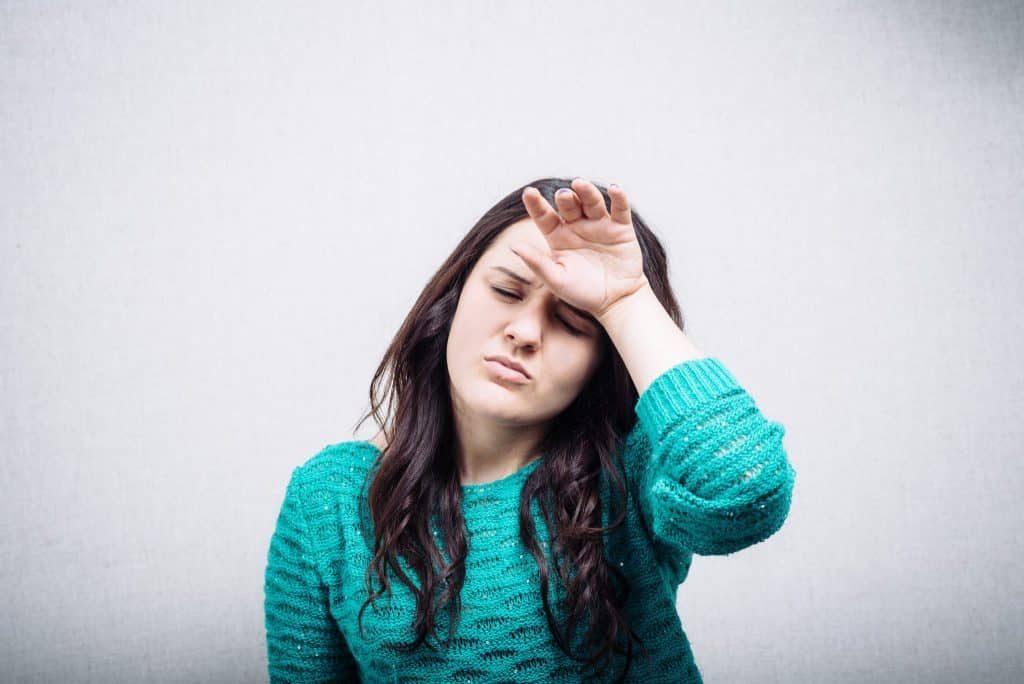
Neurally Mediated Hypotension
This is also known as ‘the fainting reflex’, neurocardiogenic syncope, vasodepressor syncope, the vaso-vagal reflex, and autonomic dysfunction. It causes blood pressure to fall after standing for a prolonged period of time, and can result in dizziness, nausea and fainting. This type of hypotension usually affects younger people, and it is believed to occur because of a miscommunication between the brain and the heart. It is generally a case of the body not making appropriate adjustments to blood pressure when gravity causes a large amount of blood pools to your legs. Instead of reading blood pressure as too low, nerves in the left ventricle of the heart signal the brain that blood pressure is too high, causing the sudden plummet.

Causes Of Low Blood Pressure
Everyone’s bodies are different, and what is considered low blood pressure for you might be normal for someone else. That’s because most doctors only consider chronically low blood pressure to be too low if it causes noticeable symptoms, like the ones listed above. If your blood pressure reading is below 90/60 mm Hg, on either the systolic or diastolic pressure, or both, then it is technically considered low.
A sudden drop in blood pressure can be dangerous. For example, dropping 20 mm Hg, from 110 systolic to 90 systolic can cause an inadequate blood supply to the brain and can result in dizziness or fainting. Larger plunges of blood pressure, caused by uncontrolled bleeding, severe infections or allergic reactions, can be life-threatening.
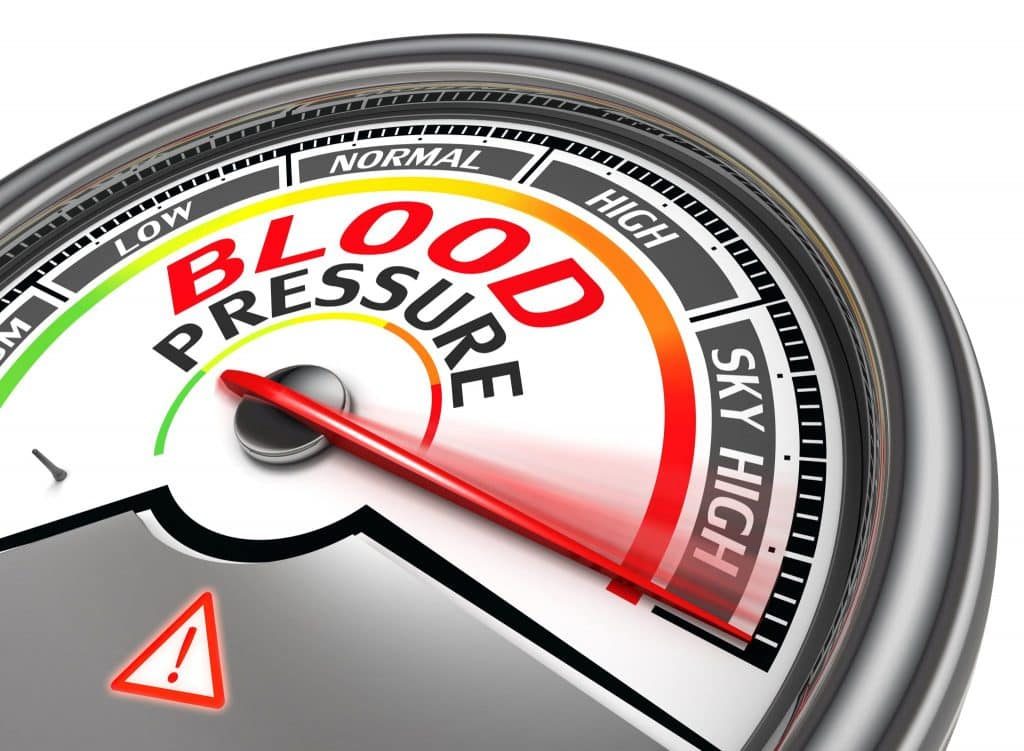
Medical Conditions And Changes In The Body Can Cause Low Blood Pressure
Certain medical conditions or changes in the body can affect blood pressure. Pregnancy, for example, can dramatically change blood pressure and cause women’s blood pressure to drop. This is because the circulatory system expands rapidly. However, it is not a long-term problem, and blood pressure usually returns to its pre-pregnancy level following the birth.
Heart problems can be a more serious issue causing low blood pressure. Some problems that can lead to a drop in blood pressure include bradycardia, which is an extremely low heart rate, heart valve problems, heart attack or heart failure. These issues can cause low blood pressure by preventing the body from circulating enough blood.
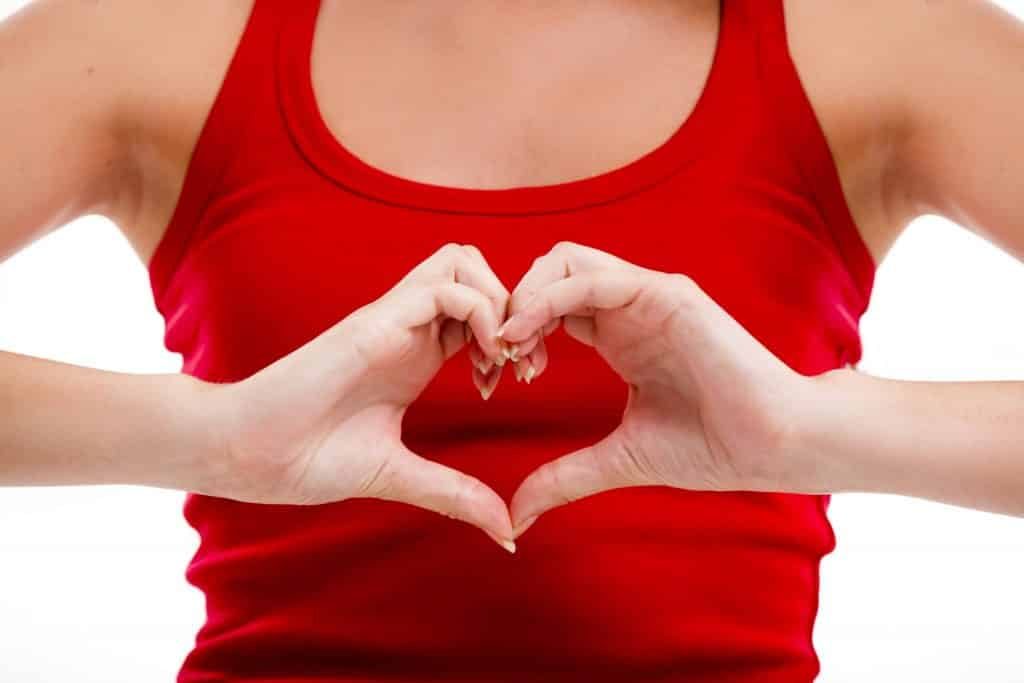
Certain endocrine problems like parathyroid disease and diabetes can trigger low blood pressure and cause symptoms like dizziness, weakness and fainting. Diabetes can cause damage to the nerves that supply your blood vessels, which can lead to a drop in blood pressure when standing up quickly, because the blood vessels might not be able to adjust quickly enough.
Lifestyle Can Cause Low Blood Pressure
Dehydration occurs when the body loses more water than it takes in, and this can lead to a drop in blood pressure. Even mild dehydration can cause weakness, dizziness and fatigue, and dehydration itself can be caused by fever, vomiting, severe diarrhea and strenuous exercise. A far more serious complication related to severe dehydration is hypovolemic shock, which is life-threatening. It can occur from low blood volume causing a sudden drop in blood pressure and the subsequent inability for sufficient amounts of oxygen to reach your tissues. This can cause death, if left untreated, in a matter of minutes or hours, depending on the individual case.
Even a lack of nutrients in your diet can lead to low blood pressure. Vitamins B-12 and folate are essential for producing enough red blood cells for a healthy body, and a lack of cells can cause a condition called anemia, which results in low blood pressure.

As you would expect, losing a lot of blood quickly from an injury or internal bleeding reduces the amount of blood in the body, therefore leading to a drop in blood pressure. Septicemia, which is a severe infection, can also lead to a life-threatening drop in blood pressure called septic shock. This is not a common occurrence in the Western world today, but it can happen if an infection in the body enters the bloodstream. Similarly, anaphylaxis, which is a severe allergic reaction, can potentially be life-threatening. Triggers can include food, medication, insect venoms and latex. An anaphylactic reaction can cause hives, itching, a swollen throat, trouble breathing, and a drop in blood pressure.
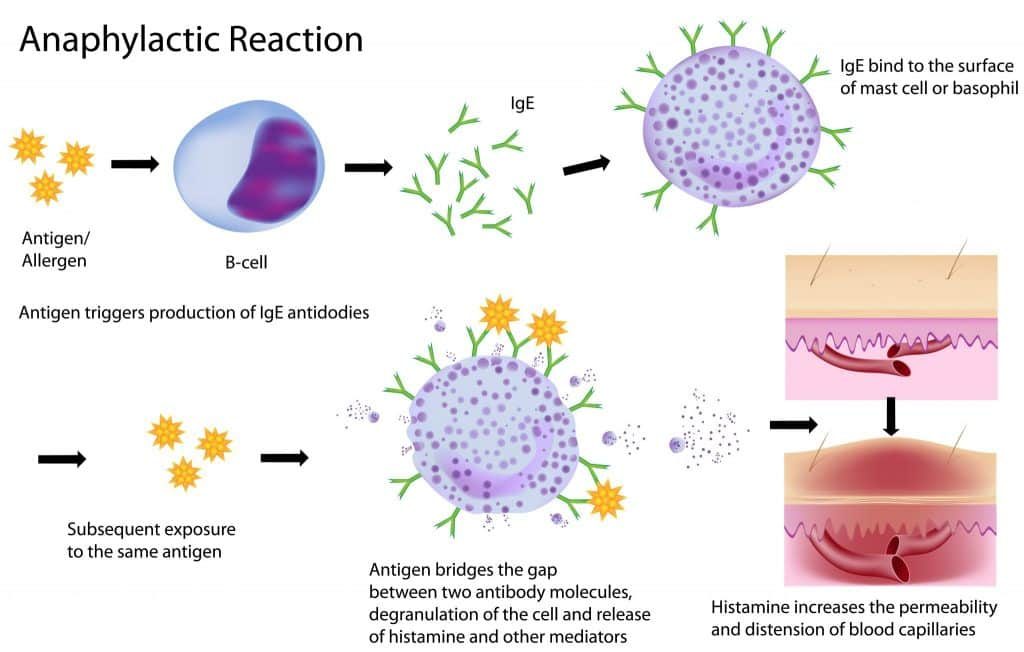
Certain Medications Can Cause Low Blood Pressure
There are some medications designed to treat certain ailments and conditions that can cause low blood pressure. Diuretics (water pills), including furosemide and hydrochlorothiazide, alpha blockers like prazosin and labetalol and beta blockers, including atenolol and timolol, can all lead to low blood pressure. Other drugs that can affect blood pressure include medication for Parkinson’s disease, such as pills containing levodopa, and certain antidepressant drugs, including doxepin, imipramine, protriptyline and trimipramine, can also be a cause.

Risks Associated With Low Blood Pressure
The biggest risk when it comes to low blood pressure is shock, although this only occurs in very extreme cases, and is not something that is of concern to people who have naturally low blood pressure in general. Shock is a life-threatening condition that occurs due to the body not getting enough blood flow, making it unable to feed cells and organs enough oxygen and nutrients to function. This can result in damaged organs and requires immediate treatment.
There are a few different types of shock and triggers that can lead to the condition, including heart problems (cardiogenic shock), little blood volume (hypovolemic shock), allergic reaction (anaphylactic shock), infections (septic shock), and nervous system damage (neurogenic shock). These conditions can be caused by heart attack or heart failure, heavy bleeding or severe dehydration, and allergic reactions or infections. A person in shock will have extremely low blood pressure, and depending on the type of shock, symptoms may include anxiety, blue-colored lips and fingernails, chest pain, confusion, dizziness, clammy skin, profuse sweating, shallow breathing, and a loss of consciousness.

Treatments For Low Blood Pressure
Some people have naturally low blood pressure and can be susceptible to weakness, dizziness and fainting if they don’t look after their bodies, eat properly and stay hydrated. Often intense exercise or a busy day at a physically laborious job can catch them out, because they may not have enough fuel in their bodies to cope. That’s why, if you do have low blood pressure and have been prone to hypo episodes, it is important to always be prepared and aware of your condition. Depending on the cause of your symptoms, there are a number of changes you can make in your everyday life to treat hypotension.

Stay Hydrated
Drinking plenty of non-alcoholic fluids, especially water, will keep you hydrated, therefore ensuring the heart can pump blood through the blood vessels to the muscles more easily. On top of that, you should minimize your consumption of alcoholic drinks, because they will dehydrate you and impede your body’s ability to function. If the weather is particularly hot, or if you are sweating through exercise, you need to remember to stock up on water and fluids. Similarly, if you are sick with a cold or flu, it is important to be aware of your fluid intake and try to increase it to stay hydrated throughout the illness and while your body is trying to recover.

Nourish Your Body
Eating a healthy, balanced diet with plenty of nutrients (especially vitamins B-12 and folate), can make a huge difference to your quality of life, and it can minimize episodes of hypotension. Eating a diet higher in salt can also help, because it assists with the retention of ingested fluids. However, you can still be caught out during an intense period of exercise or on a particularly hot day. If you are going on a long physical pursuit, such as a road or mountain cycle, or a long hike, you should carry food and water with you in case you feel yourself getting weak.
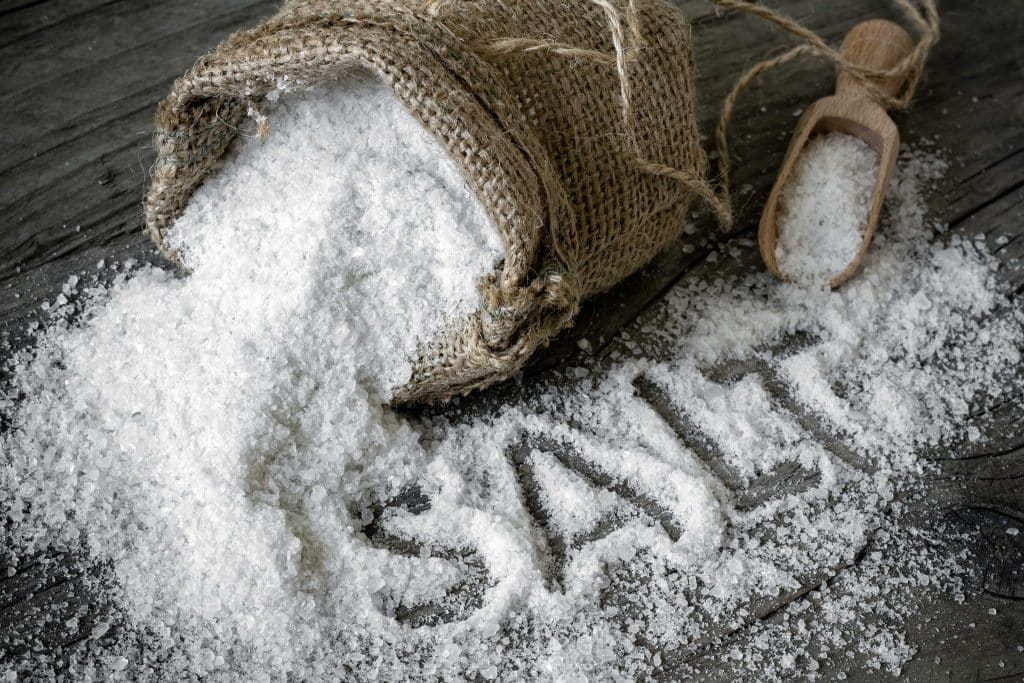
Stay Fit
Regular exercise and movement promotes a healthy blood flow, strengthens your heart, and gets your body used to physical stress. Cardio is great for testing out your heart, while yoga is extremely beneficial because it creates flexibility and improves circulation, testing your body with inversions and twists. Be careful, however, when standing up after a period of time sitting or lying down. You can prepare your body for the movement by moving your feet or rolling your ankles a few times to improve your circulation.



